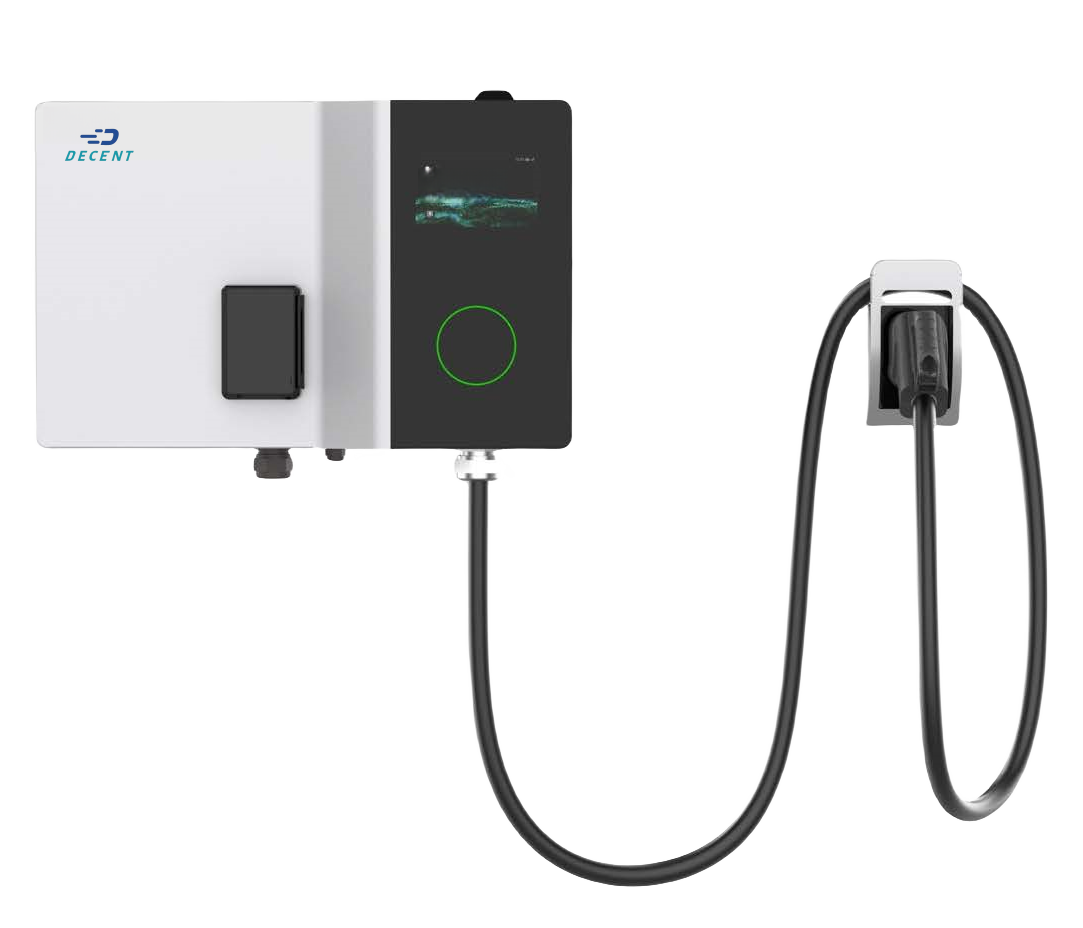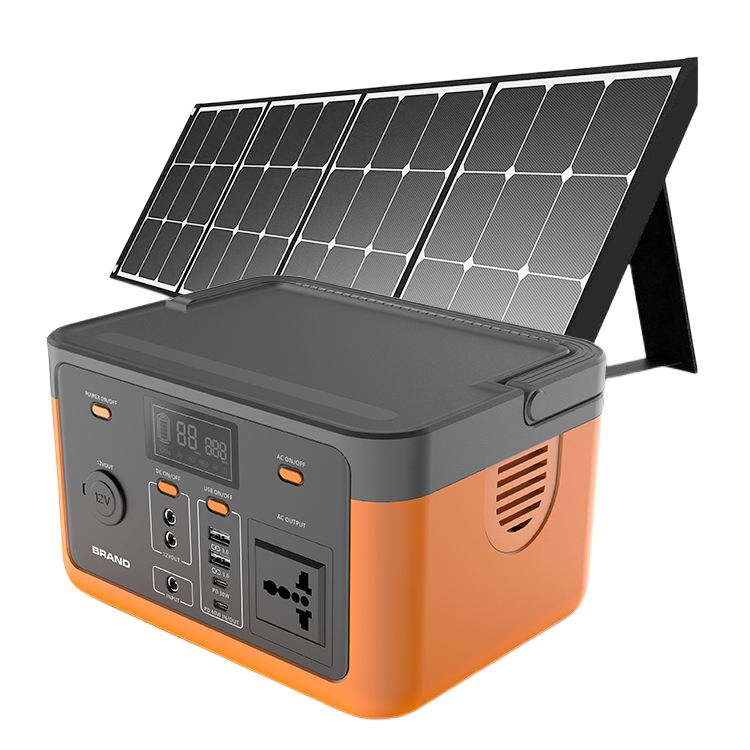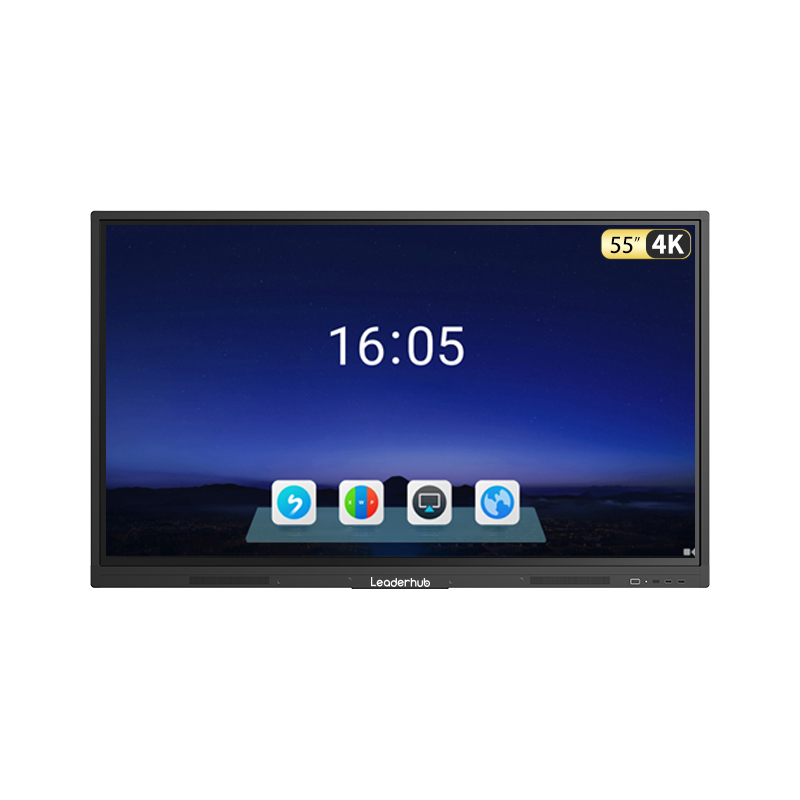How are ev charging stations powered?
Date:2024-03-06
Electric vehicles (EVs) have gained significant popularity in recent years due to their environmental benefits and fuel efficiency. As the number of EVs on the road increases, the need for accessible and efficient charging infrastructure becomes crucial. This article aims to provide a comprehensive overview of how EV charging stations get their power.
1. Grid-connected Charging Stations
The most common type of EV charging stations are grid-connected stations. These stations rely on the existing electrical grid infrastructure to deliver power to EVs. When an EV is plugged into a grid-connected station, electricity is drawn from the grid and transferred to the vehicle's battery pack. This method allows for easy accessibility, as grid-connected stations can be installed in various locations, including public parking lots, residential areas, and commercial areas.
2. Renewable Energy Sources
With the growing emphasis on sustainability and reducing greenhouse gas emissions, many EV charging stations are powered by renewable energy sources. These sources include solar, wind, and hydroelectric power. Solar charging stations utilize solar panels to directly convert sunlight into electricity. Wind charging stations harness the power of the wind to generate electricity, while hydroelectric charging stations use flowing or falling water to produce energy. By utilizing renewable energy sources, EV charging stations contribute to a greener transportation ecosystem.
3. Battery Energy Storage Systems (BESS)
Battery Energy Storage Systems (BESS) are becoming increasingly popular in the realm of EV charging stations. These systems integrate large-scale batteries, such as lithium-ion batteries, with the charging infrastructure. The excess electricity generated from renewable sources or during off-peak hours is stored in the batteries. When an EV needs to be charged, the stored energy is tapped into, ensuring a consistent and reliable power supply. BESS not only helps stabilize the grid but also promotes the utilization of renewable energy.
4. Grid-independent Charging Stations
In remote areas or regions with limited grid access, grid-independent charging stations come into play. These charging stations rely on alternative power sources, such as diesel generators or standalone solar systems, to provide electricity for EV charging. While grid-independent stations may be less common due to their location-dependency, they serve as a vital solution for areas where grid connectivity is a challenge.
5. Dynamic Wireless Charging
Dynamic wireless charging is an innovative approach where EVs are charged while in motion. This technology uses an electromagnetic field created under the road surface or by overhead power lines, transferring power wirelessly to EVs equipped with receptor plates. Although dynamic wireless charging is still in its experimental stages, it has the potential to revolutionize the way EVs are charged, eliminating the need for frequent stops at charging stations.
6. Vehicle-to-Grid (V2G) Charging
Vehicle-to-Grid (V2G) charging is an emerging concept that involves utilizing EVs as a mobile energy storage unit. With V2G technology, EVs can not only consume energy from the grid or charging stations but also feed energy back into the grid during peak demand periods. This two-way flow of energy enables EVs to act as a grid resource, promoting grid stability and reducing strain during high-demand periods. V2G charging stations hold the potential to reshape the utility grid as we know it.
In Summary
EV charging stations are powered through various methods, including grid-connected systems, renewable energy sources, battery energy storage systems, grid-independent solutions, dynamic wireless charging, and vehicle-to-grid technology. The shift towards cleaner and sustainable transportation is driving the adoption of these diverse power sources, ensuring a greener future for the EV charging infrastructure.
https://www.decentpower.com/news/1462.html

Hot




